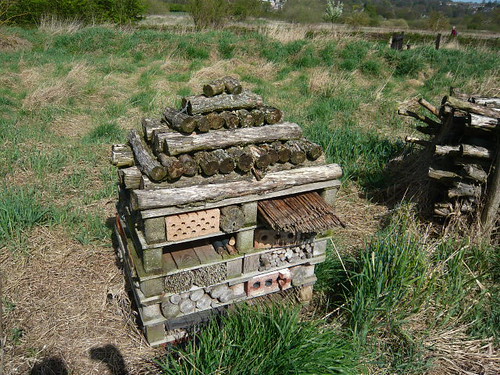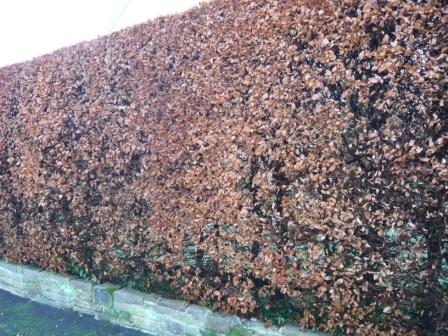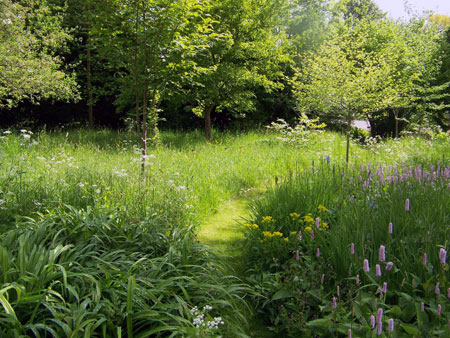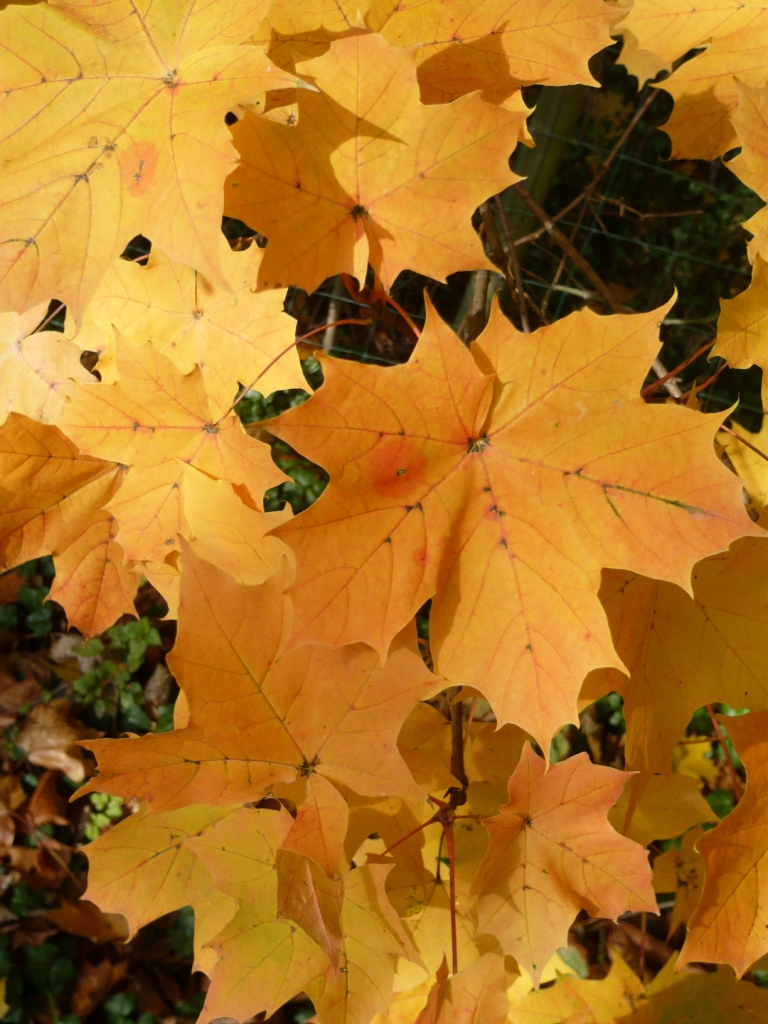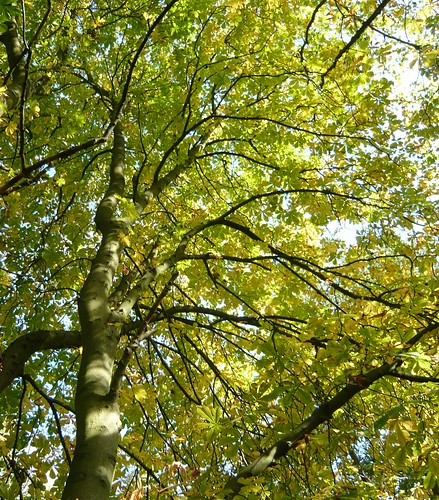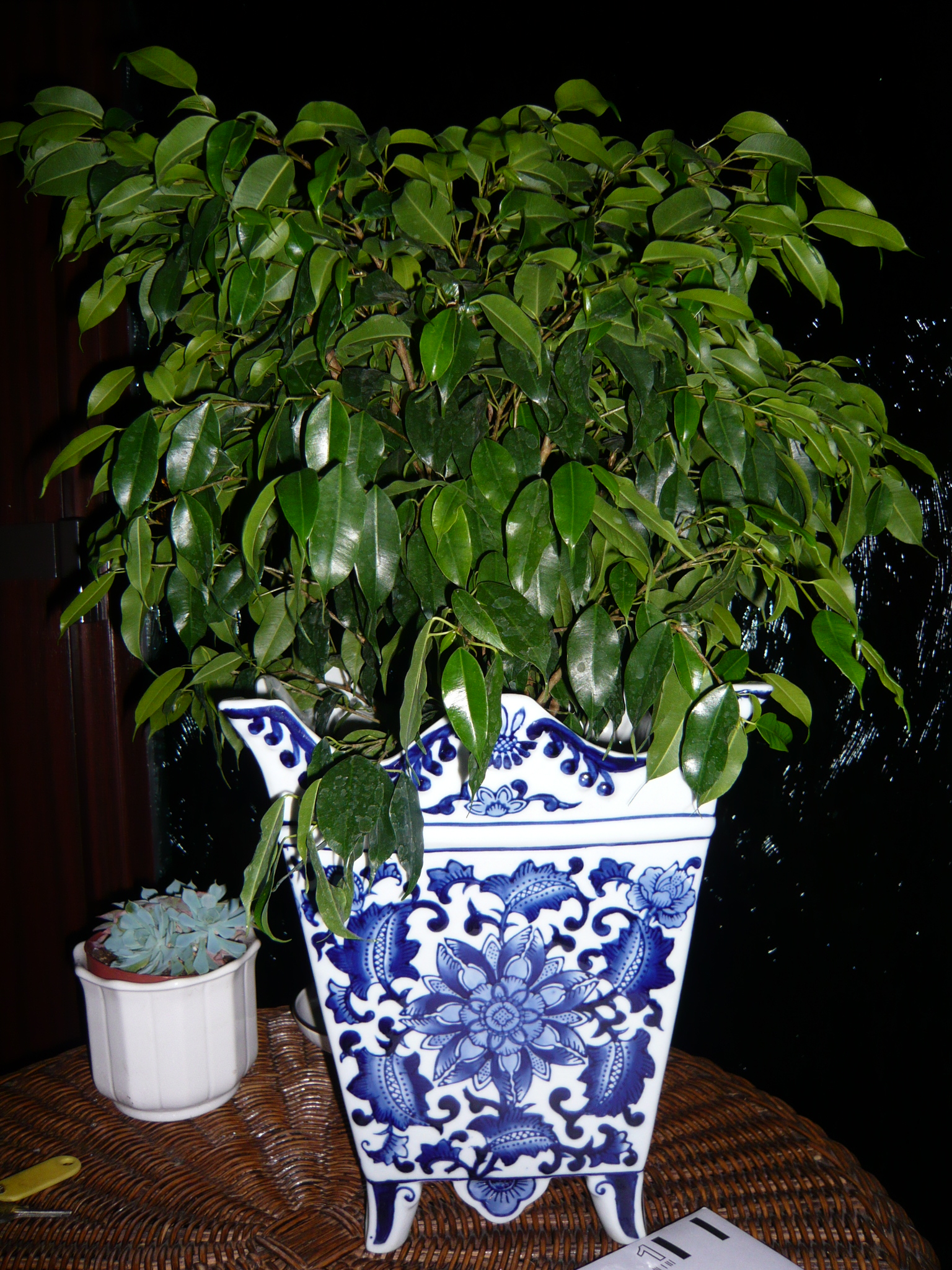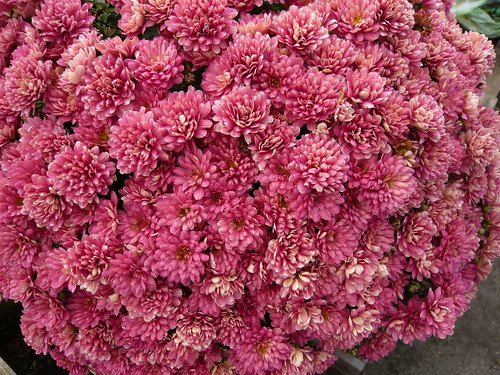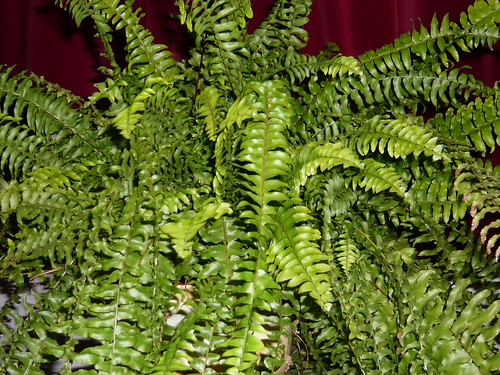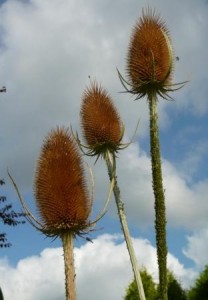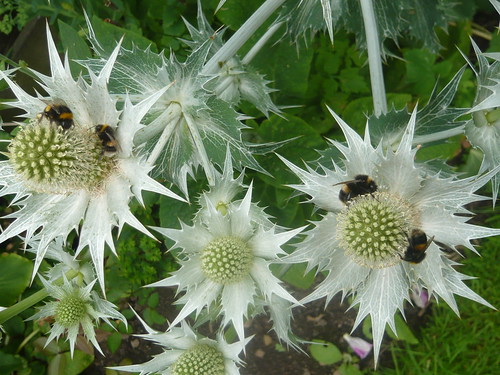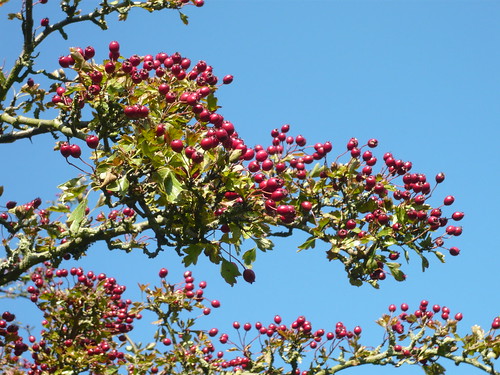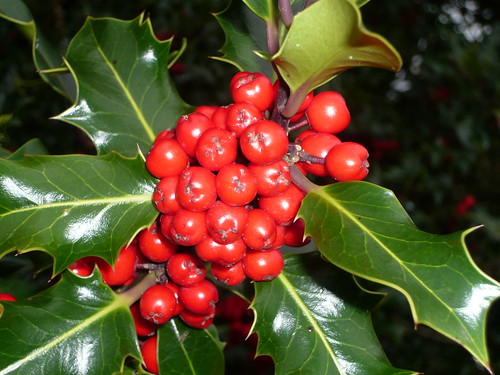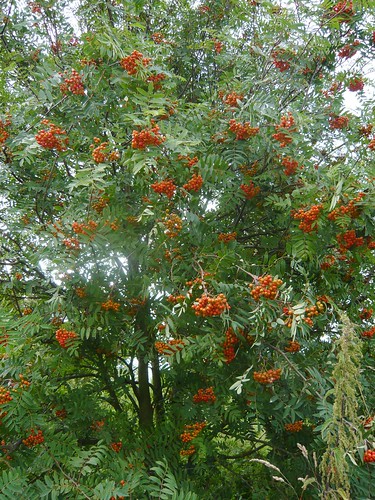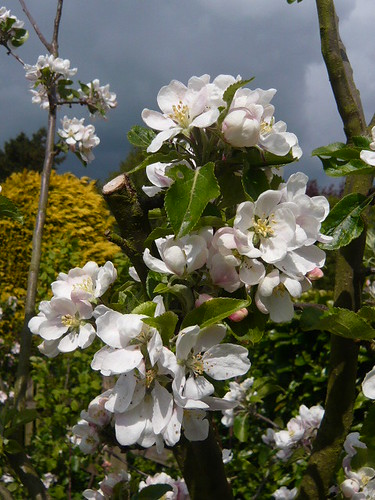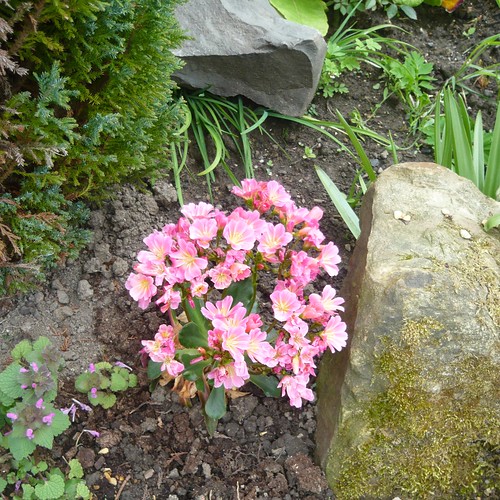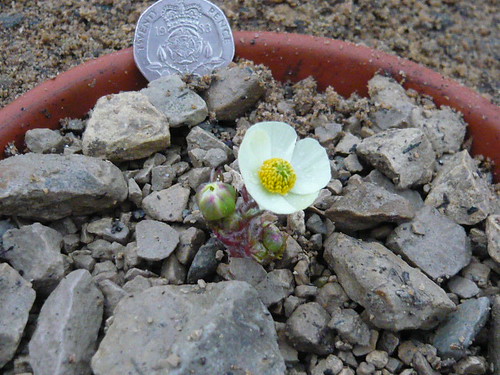Improving Garden Biodiversity Top Ten Tips
Every garden has the potential to do more for biodiversity. It need not cost and it may be fun to improve the biodiversity in your garden.
Just undertaking one item from the following top ten tips will help. If you already do all of them then give each one a make over or a little extra space and time.
Top Ten Biodiversity Tips
1. Log piles of dead wood host fungi and insects.
2. Pond life includes amphibians like frogs or newts but a pond also supports many insects and a variety of other creatures.
3. Compost heaps are not only good for creating compost but host worms and insects.
4. A Bug Bivi or multi-habitat insectarium can be made to a size suitable for all gardens. see photo
5. Wildflower meadows or just uncut grass develops wildflowers and grubs.
6. Single flowers preferably from UK native plants provide insects with pollen, nectar and food.
7. Mixed hedges are homes and security for birds and insects.
8. Climbing plants trained up walls help wildlife not catered for elsewhere.
9. Leaf piles can host over wintering hedgehogs and leaf mould from rotted leaves is good soil conditioner.
10. A mature tree can provide a habitat for a host of species and shade and shelter for ground dwellers.
Comment on Improving Garden Biodiversity
Balance in a garden is most important and I like the idea of ‘a bit of everything’ rather than a glut of one feature. However you need to start somewhere so have a go from the list.
Bees are important to pollination and currently receiving large amounts of attention but do not forget the worms and fungus that complete the recycling process.
Create a Butterfly Garden link
Get Butterflies in Your Garden link
